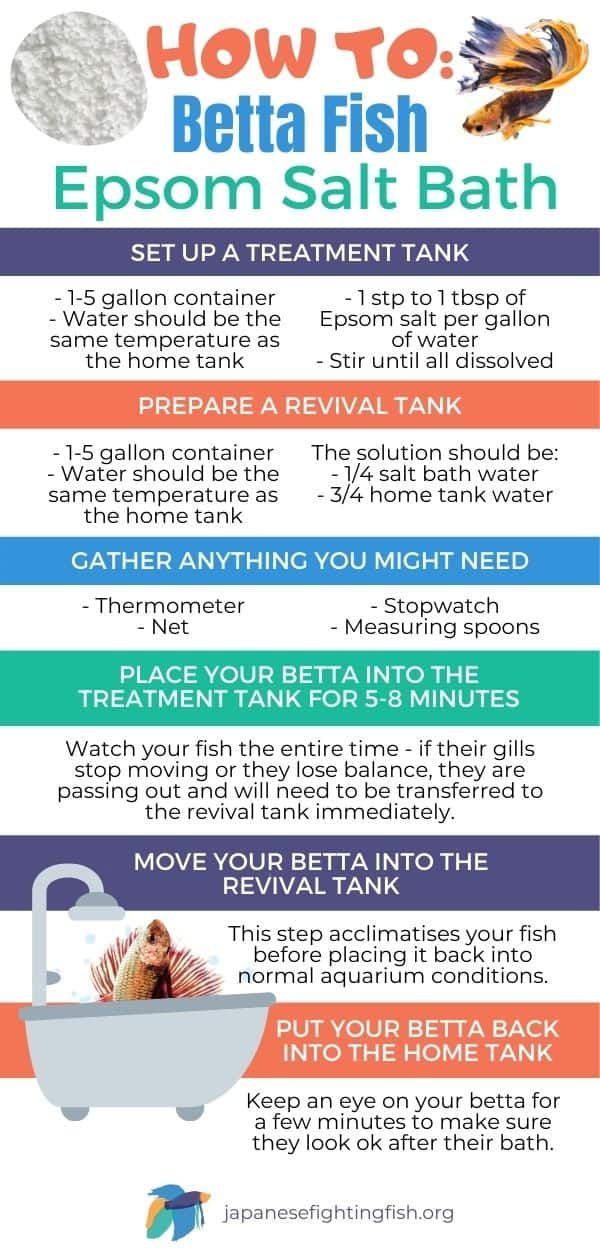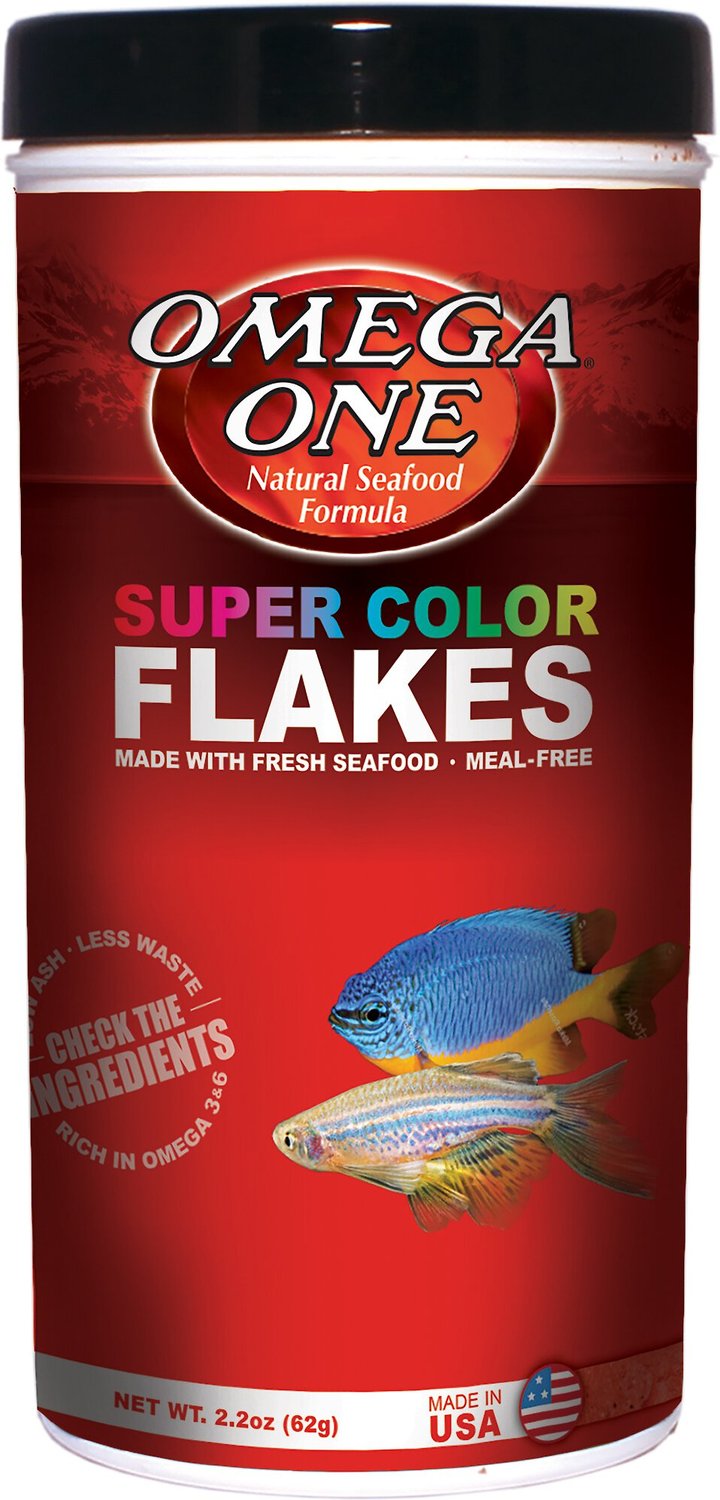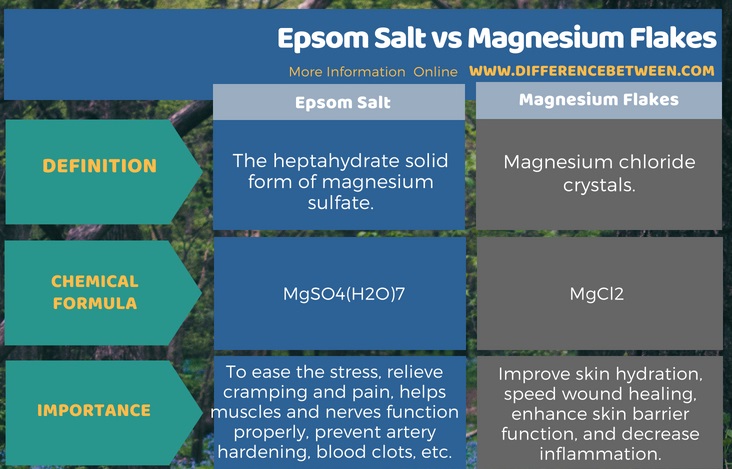Epsom Salt Bath Fish Dosage
Epsom Salt Bath for Fish: The Right Dosage for a Healthy Swim
If you are a fish owner, you may have heard about the benefits of using Epsom salt in your aquarium. Epsom salt, also known as magnesium sulfate, is a popular remedy for various fish conditions. From swim bladder disorders to fin rot, Epsom salt baths can help alleviate these problems and promote a healthier swim for your aquatic pets.
But how much Epsom salt should you use for a fish bath? In this article, we will explore the recommended dosage and guidelines for administering Epsom salt baths to your fish.
Understanding Epsom Salt Baths for Fish
Before diving into the right dosage, let’s understand why Epsom salt baths are used for fish. Epsom salt contains magnesium and sulfate ions, which can have several therapeutic effects on fish. These include:
1. Relief from constipation: Fish with swim bladder disorders often struggle to maintain their buoyancy. Epsom salt baths can help relieve constipation, reducing the pressure on the swim bladder and allowing the fish to swim more easily.
2. Detoxification: If you suspect your fish has been exposed to toxins or chemicals, an Epsom salt bath can help detoxify its system, reducing the risk of further complications.

3. Treatment for fungal and bacterial infections: Epsom salt has mild antifungal and antibacterial properties that can aid in the treatment of certain fish diseases, such as fin rot.
Now that we understand the benefits, let’s look at the proper dosage for Epsom salt baths.
The Recommended Dosage
The dosage of Epsom salt for fish baths depends on the specific condition you are treating and the size of your fish tank. Here are some general guidelines to follow:
1. For constipation relief: If your fish is suffering from swim bladder disorder or constipation, you can use a concentration of 1 tablespoon of Epsom salt for every 5 gallons of water. Prepare a separate container with the bath solution and transfer the fish to it. Let the fish soak for 10-15 minutes, then return it to the main tank.
2. For detoxification: To detoxify your fish after exposure to toxins, you can use a slightly higher concentration of 1 tablespoon of Epsom salt per 3 gallons of water. Follow the same procedure as above, allowing the fish to soak for 10-15 minutes before returning it to the main tank.
3. For fungal and bacterial infections: In case of fungal or bacterial infections, you can increase the concentration to 1 tablespoon of Epsom salt per 2 gallons of water. Again, transfer the fish to a separate container for the bath and let it soak for 10-15 minutes.
It’s important to note that these are general guidelines, and it’s always best to consult with a veterinarian or fish expert for specific instructions tailored to your fish’s needs.
Tips for Administering Epsom Salt Baths
Now that you know the recommended dosages, here are some tips to ensure a safe and effective Epsom salt bath for your fish:
1. Prepare a separate container: It’s crucial to use a separate container for the Epsom salt bath. This prevents any contamination or transfer of the solution into the main tank.
2. Monitor water temperature: Ensure that the water temperature in the bath container matches that of the main tank. Sudden temperature changes can stress your fish.
3. Observe your fish: Keep a close eye on your fish during the bath. Look for any signs of distress or discomfort. If your fish appears excessively stressed, discontinue the bath and consult a professional.
4. Gradual reintroduction: When returning the fish to the main tank, do it gradually. Allow the fish to acclimate to the main tank’s water temperature before releasing it completely. This will help minimize stress.
Frequently Asked Questions
Q: Can I use Epsom salt baths for all fish species?
Epsom salt baths are generally safe for most freshwater fish species. However, some sensitive species or those adapted to brackish or saltwater environments may not tolerate the salt concentration well. Always research the specific needs of your fish species before administering any treatments.
Q: How often should I give my fish an Epsom salt bath?
The frequency of Epsom salt baths depends on the fish’s condition and the effectiveness of the treatment. In general, it’s best to follow the instructions provided by a veterinarian or fish expert. Overusing Epsom salt baths can disrupt the fish’s natural osmoregulatory system.
Q: Can Epsom salt baths cure all fish diseases?
Epsom salt baths are not a cure-all solution for fish diseases. While they can be beneficial in relieving certain conditions, such as swim bladder disorders and fin rot, they may not be effective for other diseases like internal infections or parasites. It’s important to identify the specific disease and seek appropriate treatments.
Q: Are there any risks or side effects of using Epsom salt baths?
When used appropriately, Epsom salt baths are generally safe for fish. However, some fish may be more sensitive to the salt concentration or may experience stress during the bathing process. It’s crucial to monitor your fish closely during and after the bath and seek professional advice if you notice any adverse reactions.
Final Thoughts
In conclusion, Epsom salt baths can be a valuable tool in maintaining the health and well-being of your fish. From relieving constipation to detoxifying their system, the benefits of Epsom salt are numerous. However, it’s important to use the right dosage and follow the proper procedures to ensure the safety of your fish. Remember to always consult a veterinarian or fish expert for specific instructions tailored to your fish’s needs. With the right care and attention, your fish can enjoy a healthy swim with the help of Epsom salt baths.






